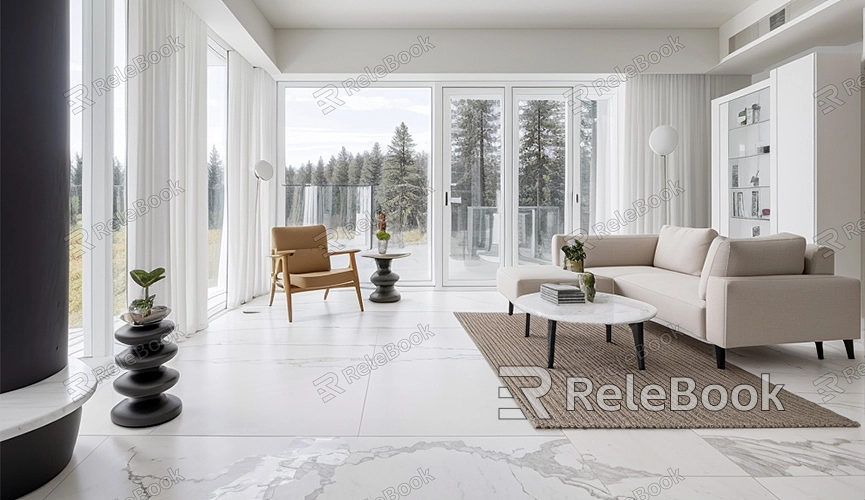How do i make blender cycles render transparent
When using Blender for 3D modeling and rendering, there are often times when you need to render the background as transparent. This is incredibly useful for post-production tasks, as it allows you to easily replace or edit the background without affecting the main objects. This article will provide a detailed guide on achieving transparent background rendering in Blender's Cycles renderer.
1. Set Blender's Render Engine to Cycles
Firstly, ensure that Blender is set to use the Cycles render engine. By default, Blender may use the Eevee render engine. Follow these steps to switch to Cycles:
1. Open Blender and load your project.
2. In the top menu bar, usually at the top right, find the "Render Engine" dropdown.
3. Select "Cycles" from the dropdown menu.
2. Enable Transparent Background

Next, you need to enable transparent background in the render settings. This step is crucial; otherwise, your render will include a solid background color.
1. In the properties panel on the right side of the interface (icon looks like a camera), find the "Render Properties" section.
2. Expand the "Film" section.
3. Check the "Transparent" option.
3. Configure Material Nodes
To ensure transparent parts of your model display correctly, you may need to configure material nodes. This is especially important if your model includes transparent materials like glass or water.
1. Select your model and go to the "Material Properties" panel.
2. Click on the "Use Nodes" button if it's not already enabled.
3. In the material node editor, ensure your material is correctly connected to a "Transparent BSDF" and a "Mix Shader" node.
4. Connect the "Transparent BSDF" to one input of the "Mix Shader" node, and connect your primary material to the other input. Finally, connect the "Mix Shader" node to the "Material Output".
4. Adjust Render Settings
For optimal transparent background effects, you may need to adjust some render settings:
1. In the "Render Properties" panel, ensure the transparency settings under "Filter" are set appropriately.
2. Adjust the sampling as needed. Higher samples can provide higher quality rendering but may increase render times.
5. Start Rendering
Once all settings are configured:
1. In the top menu, click on the "Render" menu.
2. Select "Render Image".
3. Wait for the render to complete. You will obtain a render result with a transparent background.
Post-Processing
After rendering, you can further process the image using image editing software such as Photoshop or GIMP. In these programs, you can add a new background, adjust colors, or perform other post-processing tasks.
Example Applications
- Advertising Design: Rendering products with transparent backgrounds for versatile use across different backgrounds.
- Animation Production: Using transparent backgrounds to overlay different background layers when creating character animations.
- Game Development: Rendering images with transparent backgrounds directly usable for UI design or special effects in game development.
By following these steps, you can achieve transparent background rendering in Blender's Cycles renderer. If you need high-quality 3D textures, HDRI, or downloadable 3D models while working on your scenes, you can download them from Relebook and directly import textures and 3D models into your projects.

